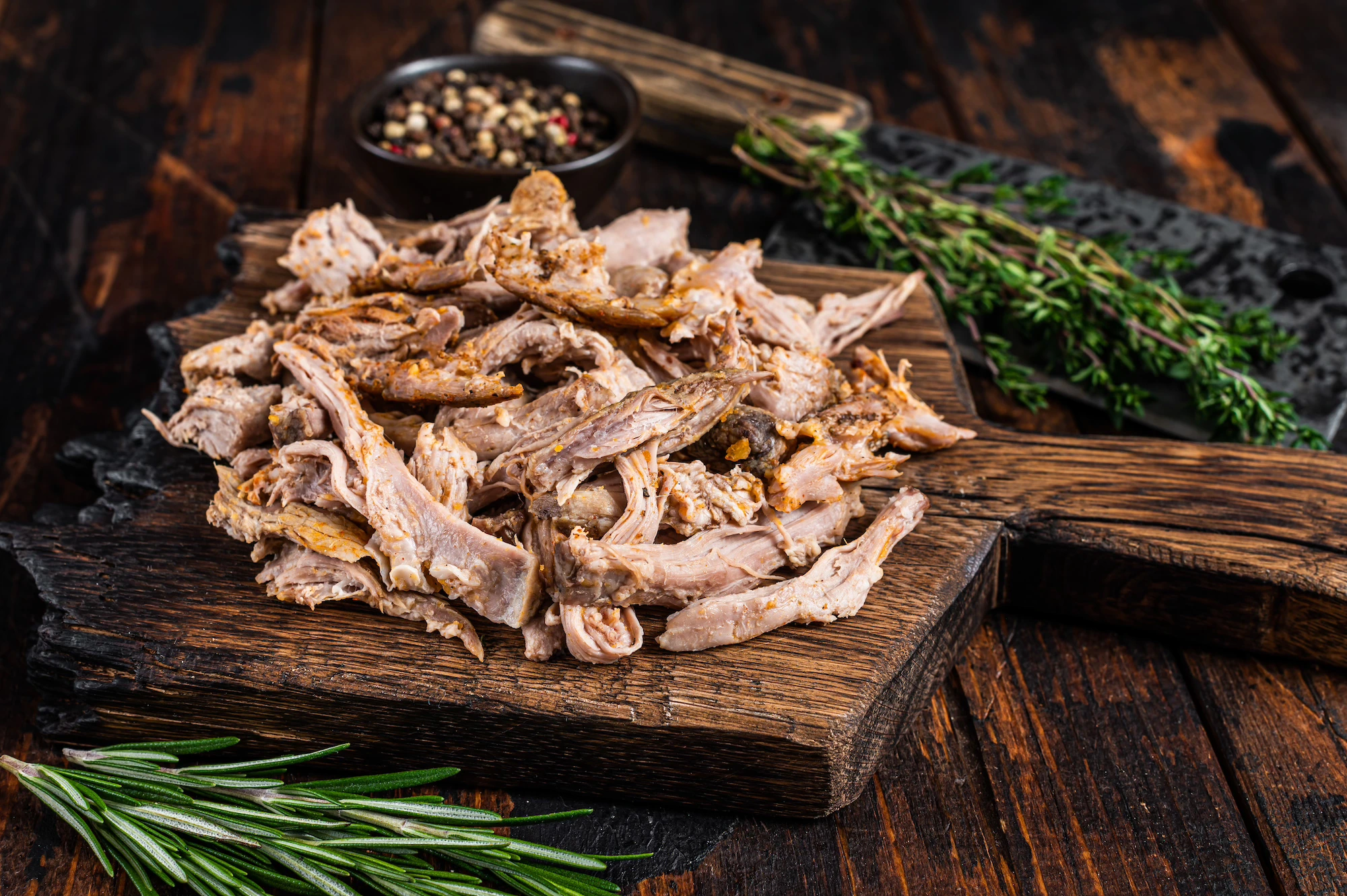
The Rising Demand for Pork: Exploring the Factors Driving the Global Appetite
Pork, often referred to as “the other white meat,” has experienced a surge in demand in recent years, both in the United States and around the world. Let’s explore some of the key factors driving the increased appetite for pork, from changing consumer preferences to international trade dynamics.
- The Evolution of Consumer Preferences
In the United States, per capita pork consumption has been steadily rising, reaching 51 pounds per person in 2020 (USDA ERS 2021). This growth can be attributed to evolving consumer preferences for leaner, high-quality cuts of meat, as well as a growing interest in diverse culinary experiences that showcase pork’s versatility. The National Pork Board’s “Pork. Be Inspired” campaign is one recent example of industry efforts to raise awareness and promote the consumption of pork (National Pork Board 2021). - The Impact of International Trade
Global pork trade has been a major factor in the increasing demand for pork. The United States, as the third-largest exporter of pork products, has capitalized on this trend, with pork exports growing by over 200% between 2000 and 2020 (USDA FAS 2021). A key driver of this growth has been the strong demand from Asian markets, particularly China, which imported nearly 4.4 million metric tons of pork in 2020 alone (USDA FAS 2021). - The Influence of the African Swine Fever Outbreak
The African swine fever outbreak that began in 2018 has significantly impacted global pork production, particularly in China, where the disease led to the loss of an estimated 40% of the country’s pig population (Economist 2020). As a result, countries like the United States have experienced increased demand for their pork products as a means of filling the supply gap caused by the outbreak. - The Growth of Value-Added Pork Products
The rising popularity of value-added pork products, such as pre-marinated, pre-cooked, and ready-to-eat options, has contributed to the growing demand for pork. These convenient and flavorful options cater to the busy lifestyles of modern consumers who are looking for quick and easy meal solutions. According to a study published in Meat Science, value-added products are projected to be a significant growth driver for the global pork industry in the coming years (DeWaal et al. 2017). - The Expansion of the Foodservice Sector
The foodservice sector, which includes restaurants, catering, and food delivery services, has also played a role in the rising demand for pork. A report by the National Pork Board found that pork menu items have increased by 7% in the United States over the past five years, reflecting the growing popularity of pork dishes among restaurant patrons (National Pork Board 2021).
In conclusion, the growing demand for pork in the United States and around the world can be attributed to a combination of factors, including changing consumer preferences, international trade dynamics, supply disruptions, the rise of value-added products, and the expansion of the foodservice sector. With no signs of slowing down, the pork industry will continue to adapt and innovate to meet the diverse needs of consumers.
Sources
USDA ERS. “Livestock & Meat Domestic Data.” United States Department of Agriculture, Economic Research Service, 2021, www.ers.usda.gov/data-products/livestock-meat-domestic-data.
National Pork Board. “Pork. Be Inspired.” National Pork Board, 2021, www.pork.org.
USDA FAS. “Livestock and Poultry: World Markets and Trade.” United States Department of Agriculture, Foreign Agricultural Service, October 2021, apps.fas.usda.gov/psdonline/circulars/livestock_poultry.pdf.
Economist. “China’s Appetite for Pork Is Boosting Imports.” The Economist, 27 June 2020, www.economist.com/finance-and-economics/2020/06/27/chinas-appetite-for-pork-is-boosting-imports.
DeWaal, C.S., et al. “Value-added Products in the Global Pork Industry.” Meat Science 132 (2017): 2-8.